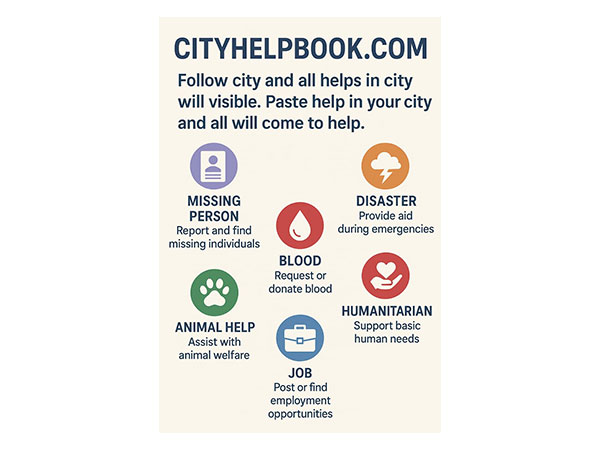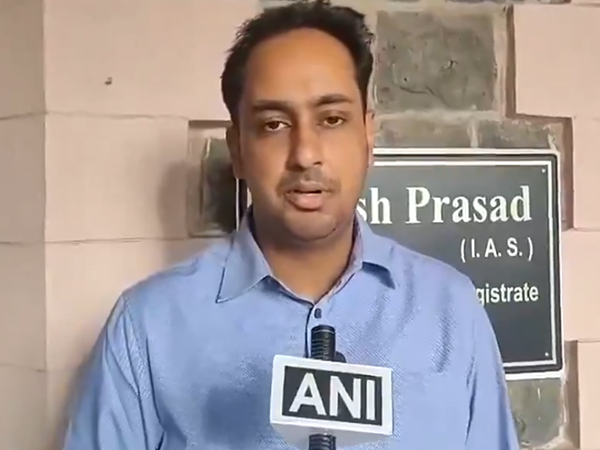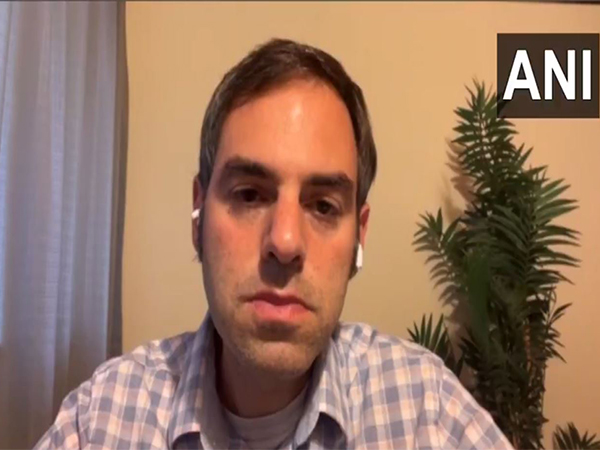Management's failure to deal with risks, lack of supervisory oversight sank Silicon Valley Bank
May 16, 2023

Washington [US], May 16 : Silicon Valley Bank's board of directors and management failed to manage its risks, said US Federal Reserve's Vice Chair for Supervision Michael S. Barr as he laid down four key takeaways from a review report that was conducted immediately after the US-bank failed in March.
The review report took a look at the conditions that led to the bank's failure, including the role of the US Federal Reserve's supervision and regulation.
"As the bank grew, its board and management failed to effectively oversee the risks inherent in the bank's concentrated business model and high level of reliance on uninsured deposits. The bank repeatedly failed its own liquidity tests, and SVB responded, in part, by changing the assumptions that determined its liquidity needs," Barr said before the Financial Services Committee, US House of Representatives.
The SVB bank tripled in size between 2019 and 2021--expanding from USD 71 billion to USD 211 billion--as the rise in tech and venture capital activity led to growth in uninsured deposits, which the bank then invested largely in held-to-maturity securities.
Barr also raised a point that the bank had mismanaged its interest-rate risk.
"Its senior leadership focused on short-term profits, removed interest-rate hedges that would have helped to protect the bank in a rising rate environment, and ignored multiple breaches of long-term interest-rate-risk limits."
The US central bank's current policy rate, which is now in a target range of 5.0-5.25, is the highest in several years, and notably, it was near zero in the early part of 2022. US Fed hiked interest rates in the tenth straight monetary policy review meeting. Raising interest rates typically help in cooling demand in the economy and thus helps in managing inflation.
Coming back to Barr, he said the second key takeaway is that Federal Reserve supervisors did not fully appreciate the extent of the vulnerabilities as SVB grew in size and complexity.
The third key takeaway is that when supervisors did identify vulnerabilities, they did not take sufficient steps to ensure that the bank fixed those problems quickly enough.
Finally, the fourth key takeaway is that the Federal Reserve Board's tailoring approach in response to the Economic Growth, Regulatory Relief, and Consumer Protection Act and a shift in the stance of supervisory policy impeded effective supervision by reducing standards, increasing complexity, and promoting a less assertive supervisory approach.
"The four key takeaways show failures by SVB's board and senior management and failures by the Federal Reserve. It is crucial that we address those failures," Barr said.
One of the most prominent lenders in the world of technology startups, Silicon Valley Bank, which was struggling, first collapsed on March 10, after a run on the bank by the depositors.
Its closure led to a contagion effect and the subsequent shutting down of other banks, including Signature Bank and First Republic Bank.
The collapse of a few regional banks in the US, which started with Silicon Valley Bank, has sent ripples across the global banking industry and posed fears of a contagion effect across economies.




















